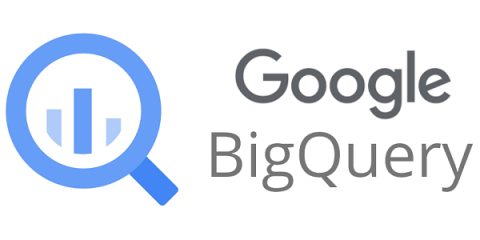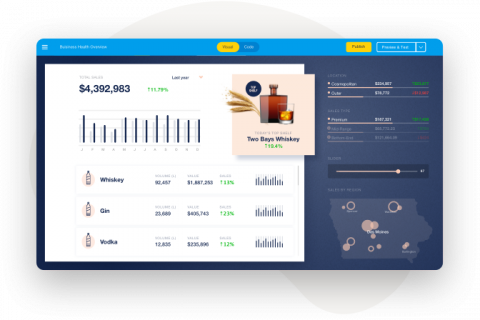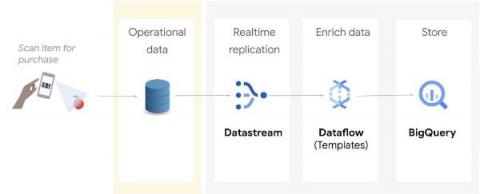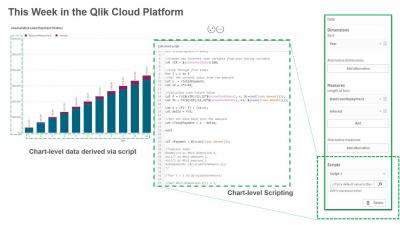Built with BigQuery: Material Security's novel approach to protecting email
Since the very first email was sent more than 50 years ago, the now-ubiquitous communication tool has evolved into more than just an electronic method of communication. Businesses have come to rely on it as a storage system for financial reports, legal documents, and personnel records. From daily operations to client and employee communications to the lifeblood of sales and marketing, email is still the gold standard for digital communications.











